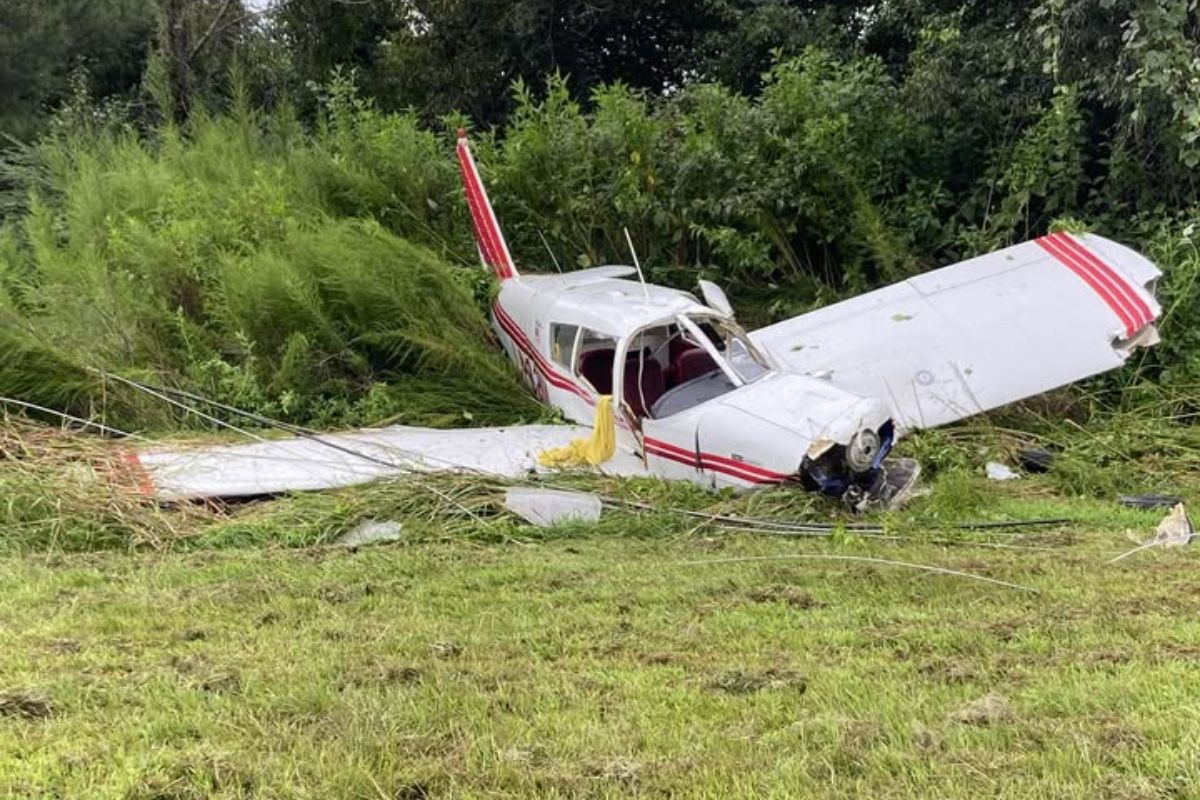
What happened in the Clemson plane crash? The Clemson plane crash remains a tragic event etched in history. On October 20, 1977, a plane carrying members of the Southern rock band Lynyrd Skynyrd crashed in a wooded area near Gillsburg, Mississippi. This incident claimed the lives of lead singer Ronnie Van Zant, guitarist Steve Gaines, backup singer Cassie Gaines, and three others. The crash occurred due to fuel exhaustion, leading to a loss of power in both engines. Survivors faced severe injuries and a harrowing ordeal in the dense forest. This tragedy profoundly impacted the music world and the band's legacy.
The Clemson Plane Crash: A Tragic Event
The Clemson plane crash remains a somber chapter in aviation history. This tragic event, which occurred in 1974, left an indelible mark on the Clemson University community and aviation safety protocols. Here are some compelling facts about this unfortunate incident.
-
The crash occurred on October 20, 1974, when a twin-engine Beechcraft aircraft went down near Clemson, South Carolina.
-
The plane was carrying six passengers, including three Clemson University football coaches: Head Coach Hootie Ingram, Assistant Coach Red Parker, and Assistant Coach Jimmy Satterfield.
-
The aircraft was en route from Greenville, South Carolina, to Clemson, a short flight that should have taken less than 30 minutes.
-
The crash site was located in a heavily wooded area, making rescue efforts challenging for emergency responders.
-
All six passengers on board tragically lost their lives in the crash.
The Investigation and Findings
Following the crash, an extensive investigation was conducted to determine the cause. The findings revealed several critical details.
-
The National Transportation Safety Board (NTSB) led the investigation into the crash, examining various factors such as weather conditions, pilot error, and mechanical failure.
-
The investigation concluded that the primary cause of the crash was pilot error, specifically spatial disorientation during poor weather conditions.
-
The pilot, who was experienced, had difficulty navigating through dense fog, which led to the plane descending too rapidly and ultimately crashing.
-
The NTSB report also highlighted the lack of advanced navigational aids on the aircraft, which could have helped the pilot maintain control.
-
This tragic event underscored the importance of proper training for pilots in handling adverse weather conditions and the need for better navigational technology.
Impact on Clemson University and Aviation Safety
The Clemson plane crash had a profound impact on the university and led to changes in aviation safety protocols.
-
The loss of three prominent football coaches was a significant blow to the Clemson University athletic community, leading to an outpouring of grief and support from students, faculty, and fans.
-
In response to the crash, Clemson University established scholarships in memory of the coaches who perished, ensuring their legacy would continue to inspire future generations.
-
The crash prompted the Federal Aviation Administration (FAA) to review and update safety regulations, particularly those related to pilot training and the use of navigational aids.
-
The incident also led to increased awareness about the dangers of spatial disorientation and the importance of proper instrument training for pilots.
-
Today, the Clemson plane crash serves as a reminder of the importance of aviation safety and the need for continuous improvements in technology and training to prevent similar tragedies.
Lessons from the Clemson Plane Crash
The Clemson plane crash serves as a stark reminder of the importance of aviation safety and emergency preparedness. This tragic event, which claimed the lives of five people, underscores the need for rigorous maintenance checks, pilot training, and emergency response protocols. It also highlights the emotional and psychological impact on the families and communities involved.
Understanding the causes and consequences of such incidents can help prevent future tragedies. By learning from past mistakes, the aviation industry can implement better safety measures and improve overall air travel safety.
For those affected, support networks and counseling services are crucial in the healing process. Remembering the victims and honoring their memories can provide some solace to those left behind.
Ultimately, the Clemson plane crash teaches us the value of vigilance, preparedness, and compassion in the face of adversity.
Was this page helpful?
Our commitment to delivering trustworthy and engaging content is at the heart of what we do. Each fact on our site is contributed by real users like you, bringing a wealth of diverse insights and information. To ensure the highest standards of accuracy and reliability, our dedicated editors meticulously review each submission. This process guarantees that the facts we share are not only fascinating but also credible. Trust in our commitment to quality and authenticity as you explore and learn with us.
